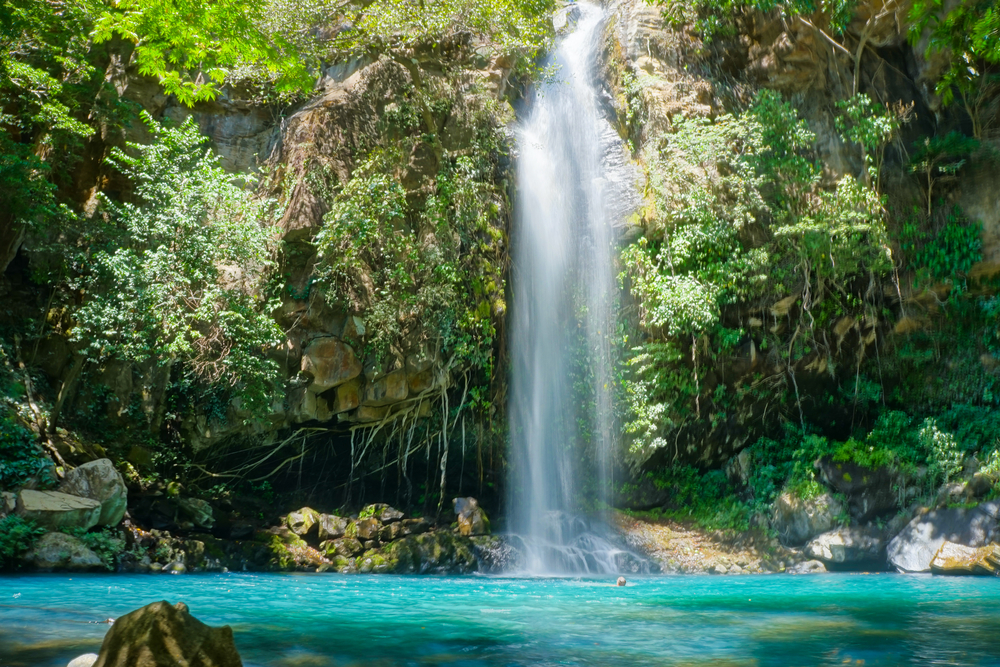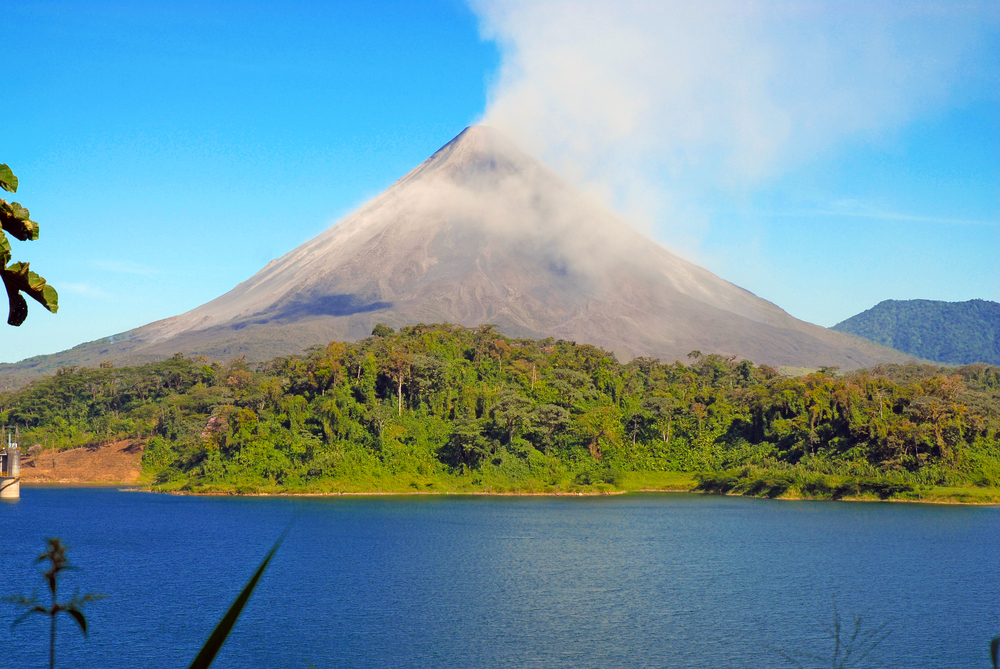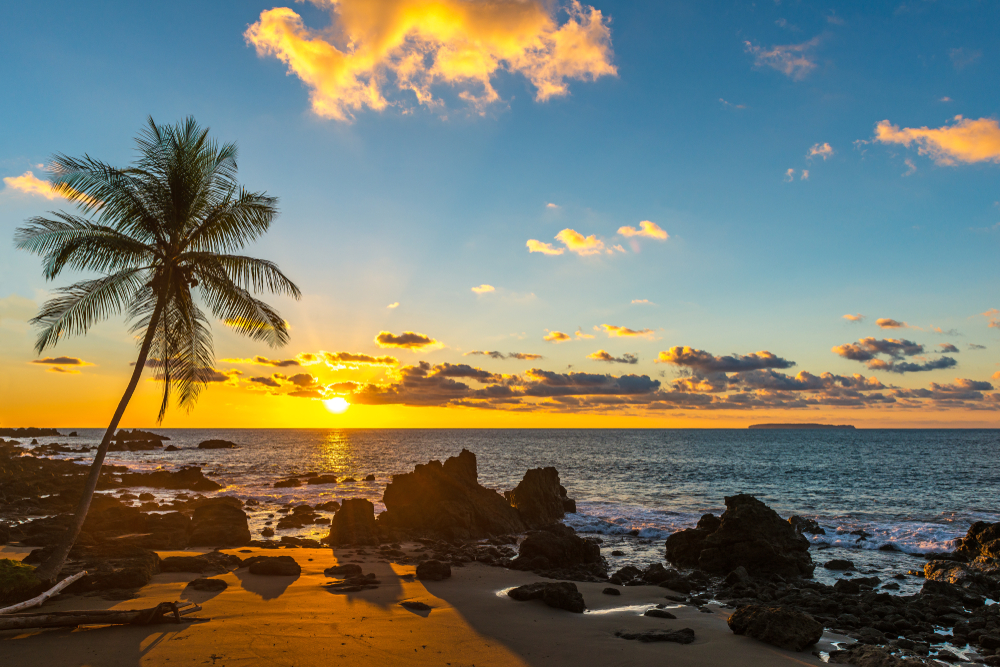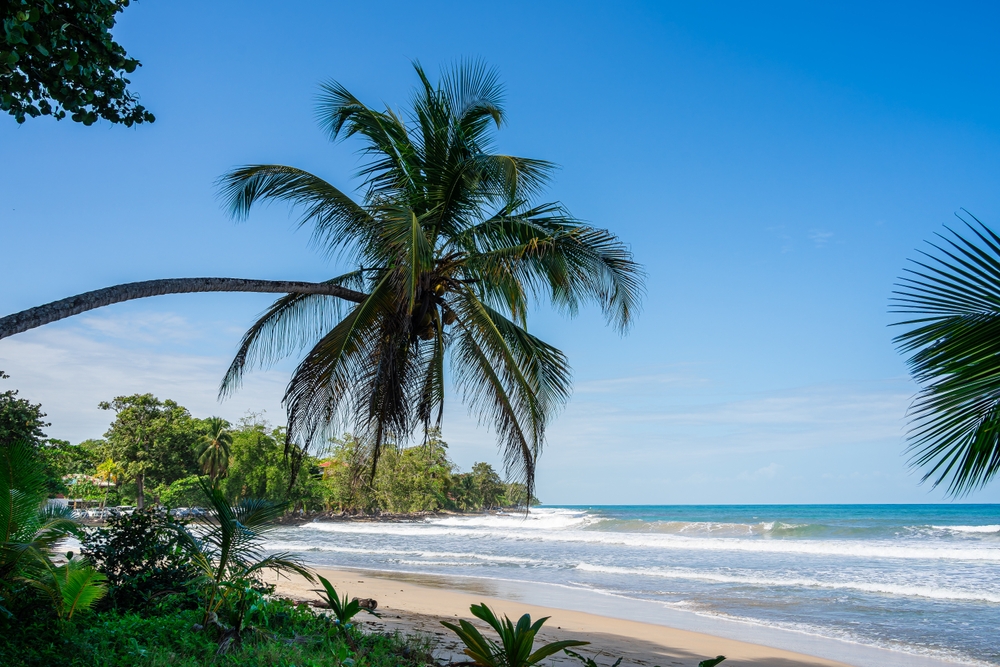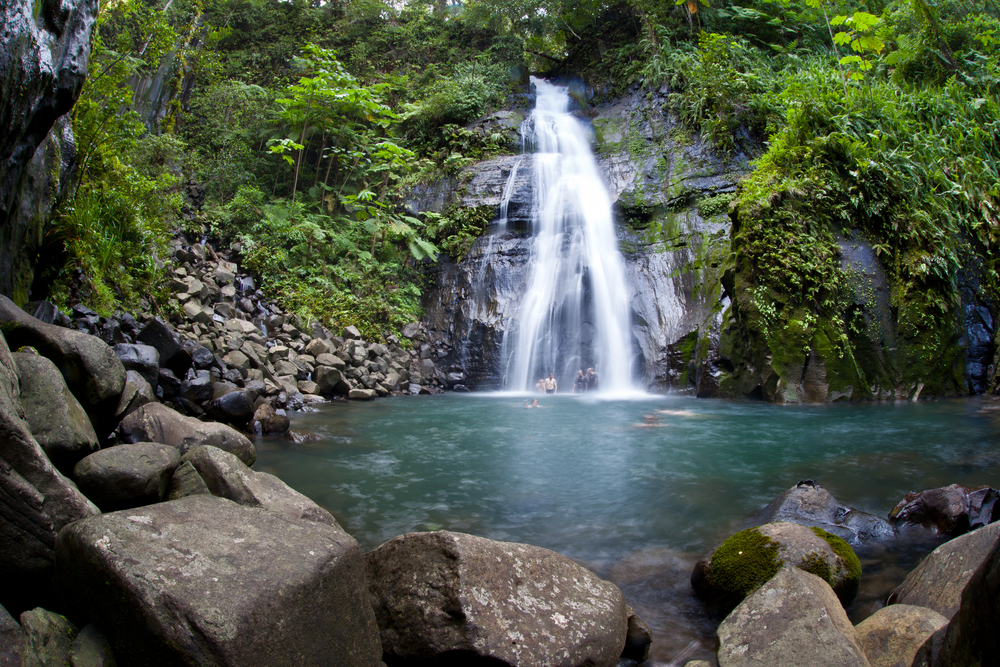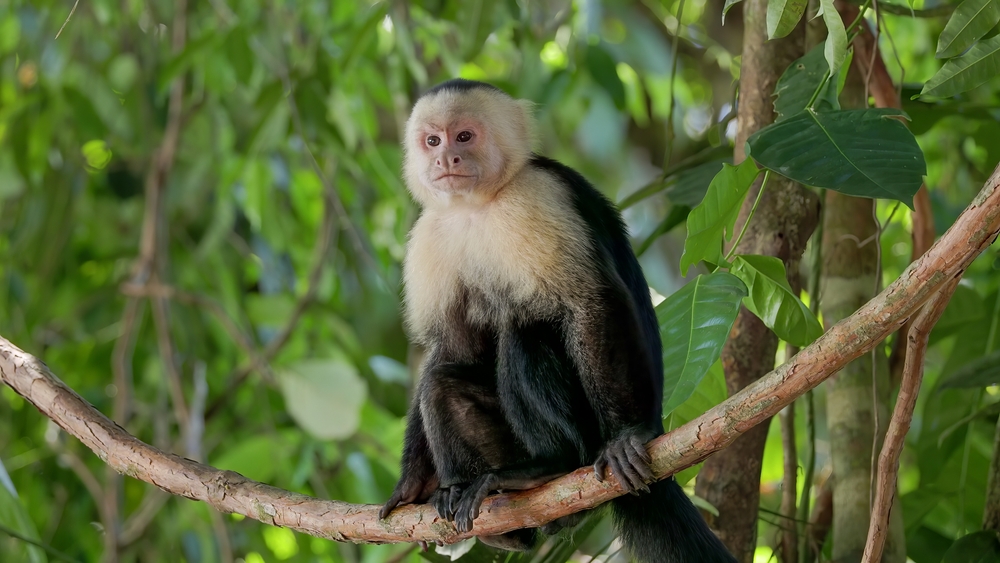Guanacaste Overview
Guanacaste National Park, or Parque Nacional Guanacaste in Spanish, is a protected area in northwestern Costa Rica, covering approximately 133 square miles (345 square kilometers).
Located in the province of Guanacaste near the Nicaraguan border, this park is an essential part of the Área de Conservación Guanacaste (ACG), a UNESCO World Heritage Site. It was established to create a biological corridor between Santa Rosa National Park and the highlands of the Guanacaste Volcanic Range, facilitating the migration of wildlife between dry forests, cloud forests, and rainforests. This unique transition of ecosystems makes Guanacaste National Park an important conservation site with incredible biodiversity.
The terrain of the park is defined by rolling hills, volcanic slopes, and dense forests. The most prominent geographical features include the Orosí and Cacao volcanoes, which tower over the landscape. The Orosí Volcano, standing at 5,440 feet (1,658 meters), is covered in lush vegetation, while the Cacao Volcano, reaching 5,440 feet (1,658 meters), is known for its cloud forest and rich biodiversity.
The park’s diverse ecosystems range from tropical dry forest at lower elevations to montane rainforests and cloud forests in the higher altitudes. The dry forests feature towering Guanacaste trees (Enterolobium cyclocarpum), the national tree of Costa Rica, along with kapok and mahogany.
Meanwhile, the higher elevations are covered in dense vegetation, including moss-covered trees, ferns, and orchids, creating a humid and mystical atmosphere. Rivers and waterfalls, such as the seasonal Quebrada Grande and the lush riparian zones along the Tempisque River, provide essential water sources for wildlife.
The park is home to an impressive array of wildlife, including some of Costa Rica’s most iconic mammals and birds. Visitors may encounter jaguars, pumas, and ocelots roaming the forests, while white-faced capuchin monkeys, howler monkeys, and spider monkeys are commonly seen swinging through the treetops.
Baird’s tapir, the largest land mammal in Central America, can be found foraging in the dense undergrowth. The dry forest is also home to armadillos, white-tailed deer, and agoutis.
Birdwatchers are drawn to the park for its diverse avian life, including the resplendent quetzal, three-wattled bellbird, and long-tailed manakin. Raptors such as the ornate hawk-eagle and great black hawk soar over the forest canopy, while parrots, toucans, and trogons add bursts of color to the trees.
Visitors can explore the park through a network of hiking trails, offering opportunities to experience its distinct ecosystems up close. One of the most popular trails leads to the summit of Cacao Volcano, providing panoramic views of the surrounding landscape and glimpses of high-altitude wildlife.
The park’s diverse habitats make it a prime destination for nature photography, birdwatching, and wildlife spotting. Educational programs and guided tours offer insights into the park’s ecology and conservation efforts, helping visitors understand the importance of preserving this delicate ecosystem.
Guanacaste National Park has been a success story in conservation, playing a critical role in restoring degraded lands and protecting endangered species. Reforestation efforts have helped regenerate once-cleared dry forests, and ongoing research programs monitor wildlife populations.
However, the park faces challenges such as illegal hunting and habitat fragmentation due to agricultural expansion. Collaborative efforts between conservation organizations and local communities have been key in promoting sustainable practices and ensuring the park’s long-term protection.








































































